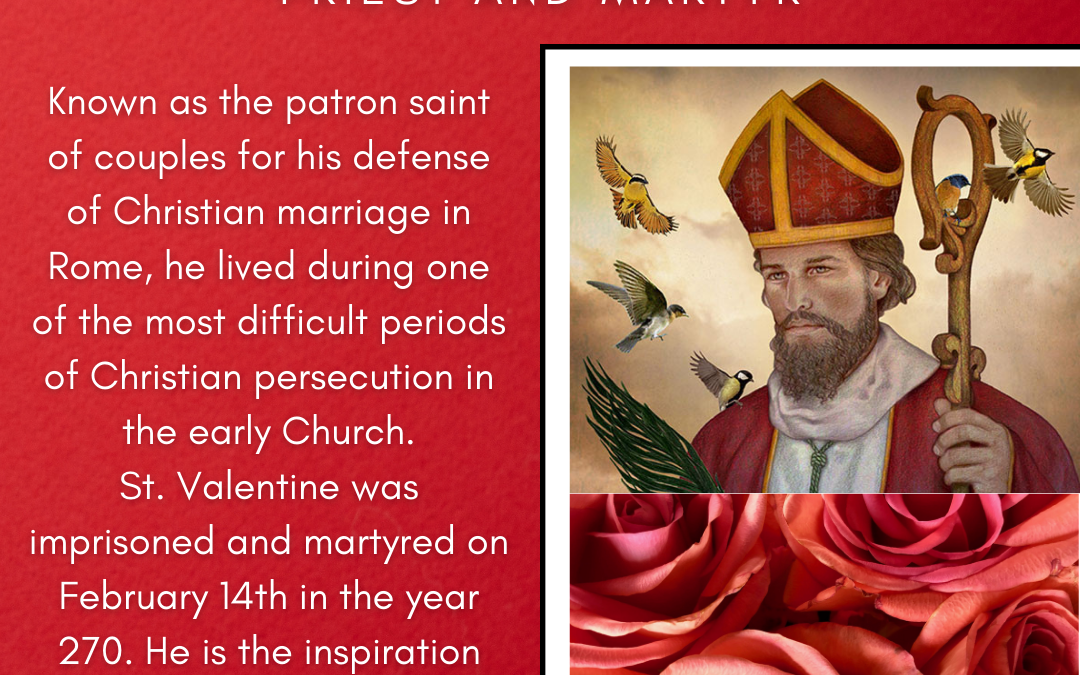
Observing a traditional pre-1950 liturgy for St. Valentine's Day involves understanding the historical context and the liturgical practices associated with the feast of St. Valentine, which is celebrated on February 14. The day commemorates at least three different martyrs named Valentine, with the most notable being a priest in Rome and a bishop in Interamna (modern Terni) who suffered for their faith during the Roman Empire.
Historical Context
Martyrdom of St. Valentine: The Roman Martyrology records that St. Valentine, a priest, was beaten and beheaded for his faith during the reign of Emperor Claudius II. The bishop of Interamna also faced persecution and martyrdom for his steadfastness in faith
. The commemoration of these saints has been part of the Church's liturgical calendar for centuries.
Liturgical Significance: The celebration of St. Valentine’s feast day is an expression of the Church's veneration for martyrs, who are honored for their ultimate sacrifice for Christ. The observance typically includes the celebration of the Holy Eucharist, which is the highest form of worship in the Catholic tradition
Mass and Liturgy: In the pre-1950 liturgy, the day would typically involve the celebration of the Mass dedicated to St. Valentine. The Mass would include specific prayers and readings that highlight the virtues of the saint, focusing on themes of love, sacrifice, and fidelity to God. The liturgical texts would reflect the martyrdom of St. Valentine and his role as a protector of lovers
Veneration of Relics: In some traditions, the faithful may have the opportunity to venerate relics of St. Valentine, which could be part of the local church's observance. This practice emphasizes the connection between the faithful and the saints, fostering a sense of communion with those who have gone before
.
Popular Piety: The customs associated with St. Valentine's Day, such as sending love letters or tokens, have roots in medieval traditions that viewed February 14 as a day when birds began to pair, symbolizing love and courtship. While these customs are more cultural than liturgical, they reflect the broader understanding of love as a divine gift, which can be integrated into the observance of the day
Prayer and Reflection: Devotional practices such as prayers to St. Valentine, asking for his intercession in matters of love and fidelity, would be appropriate. This could include reciting specific prayers or novenas dedicated to him, reflecting on the virtues he exemplified
Community Celebrations: In some communities, there may have been gatherings or feasts in honor of St. Valentine, where the faithful would come together to celebrate love and friendship, reinforcing the communal aspect of the feast day
Observing St. Valentine's Day in a traditional pre-1950 liturgical context involves participating in the Mass dedicated to the saint, engaging in acts of devotion, and reflecting on the themes of love and sacrifice that characterize his martyrdom. While modern customs may have evolved, the core of the observance remains rooted in the Church's veneration of saints and the celebration of their lives as models of Christian virtue.




